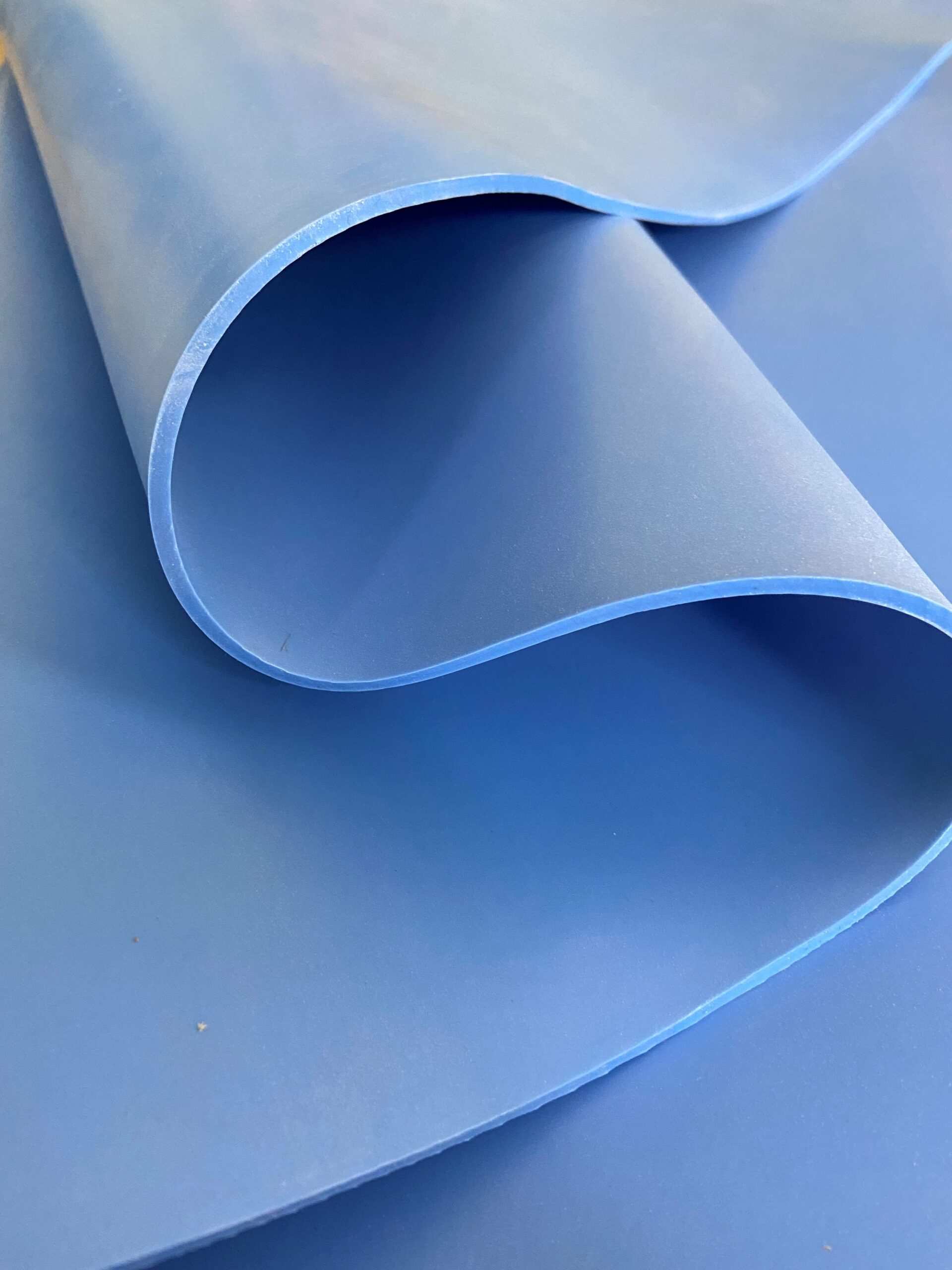Vacuum Bagging Pros and Cons Explained
You might be surprised to learn that you can make a vacuum bag out of anything. But when it comes to industrial bags to support your business and projects, you only want to rely on the best. Vacuum bagging for the composite industry and other industries must address specific needs and have strong, long-lasting materials that best suit the task at hand. At Smartech, all our reusable vacuum bagging products are made with German precision and the quality you expect with all Steinbach products. Here’s what you need to know about vacuum bagging advantages and disadvantages.
What is Vacuum Bagging?
Vacuum bagging is a process by which a bag is sealed around a mold and used to remove excess air. The vacuum bag around the mold seals the space and compresses the layers of the material inside. Vacuum bagging is used to create high-pressure compaction and to ensure a tight bond between all layers. Manufacturing of composite structures often utilizes the process of vacuum bagging, like with boats and aircraft. Vacuum bagging can also be used to repair or modify existing composite structures. It is important that vacuum bags be strong enough to create the necessary vacuum while also being supple enough to mold to the material inside. Vacuum bags must also be able to withstand high temperatures, handling, and reuse.
The Process of Vacuum Bagging
- Composite materials, like fiberglass or epoxy, are placed into a mold.
- A plastic bag is sealed around the mold and the composite materials inside.
- A vacuum pump removes excess air from the bag, which compacts the composite material using high pressure.
- The vacuum will be held for a specified period of time to allow the composite material the necessary time to cure and bond together.
- Once the vacuum is released, the bag is then removed from the mold.
Where is Vacuum Bagging Used?
Vacuum bagging is used in a variety of industries for both manufacturing and repairing composite forms and structures. Here are a few examples of industries that may utilize vacuum bagging.
Aerospace & Aviation Industries
The aerospace and aviation industry can use vacuum bagging for manufacturing composite parts of aircraft, including wing and fuselage components.
Automotive Industry
Manufactured composite parts used in cars and other vehicles, like body panels and structural components, may undergo a process of vacuum bagging.
Industrial & Construction Industries
Vacuum bagging may be used in a variety of industrial and construction contexts, including pipes, tanks, decks, and other building components.
The Pros of Vacuum Bagging
Vacuum bagging is widely used in manufacturing composite materials in a variety of contexts. The process of vacuum bagging has several advantages, including:
High-Pressure Compaction
The process of vacuum bagging creates a high-pressure compaction that allows for a tight bond to form between the layers of composite material. This high-pressure process is necessary for a high-quality finished product.
Consistency
Vacuum bagging is a controlled process that allows for consistent and repeatable results. This means that you should be able to depend on the vacuum bagging process to handle the composite material in the same way each time.
Improved Mechanical Properties
When you use vacuum bagging on composite materials, it results in a stronger and stiffer product. Improved mechanical properties are necessary to uphold the integrity of the composite structure for further use.
Reduced Porosity
Vacuum bagging reduces voids and porosity by removing excess air and compressing the composite material. While the material is compressed through this process, this eliminates air pockets and other potential voids in the finished product.
The Cons of Vacuum Bagging
While there are many pros to vacuum bagging, there are a few disadvantages to consider.
Expectations
In general, vacuum bagging has a greater cost-effectiveness and return on investment when used on a larger scale and in high-volume production lines. This process can be time-consuming, especially when multiple layers of composite material are used.
Complex Process
Vacuum bagging can be a complex process that requires competency and attention to detail. Only properly trained personnel should work with vacuum bagging and any required specialized equipment necessary. Special care and safety measures should always be taken when handling composite materials.
Limited Working Area
Vacuum bagging can have limitations based on certain shapes and sizes, which means it may not be suitable for irregularly shaped or complex structures.
Why Choose Steinbach Reusable Vacuum Bagging
Smartech offers reusable vacuum bagging Steinbach products, a variation of the standard vacuum bagging process that uses a reusable membrane instead of a plastic bag. This reusable membrane offers a variety of benefits that can help you save time, money, and equipment over the long term. Here are just a few benefits of reusable vacuum bagging you can get when you order at Smartech online:
Benefits of Reusable Vacuum Bagging
- Cost Savings
- Environmental Benefits
- Increased Durability
- Versatility
- Customizable
Check out all our vacuum bagging products available at Smartech, and feel free to contact us for more information on what products would work best for you.

Looking for More Information?
Check out our Resources or Contact Us
